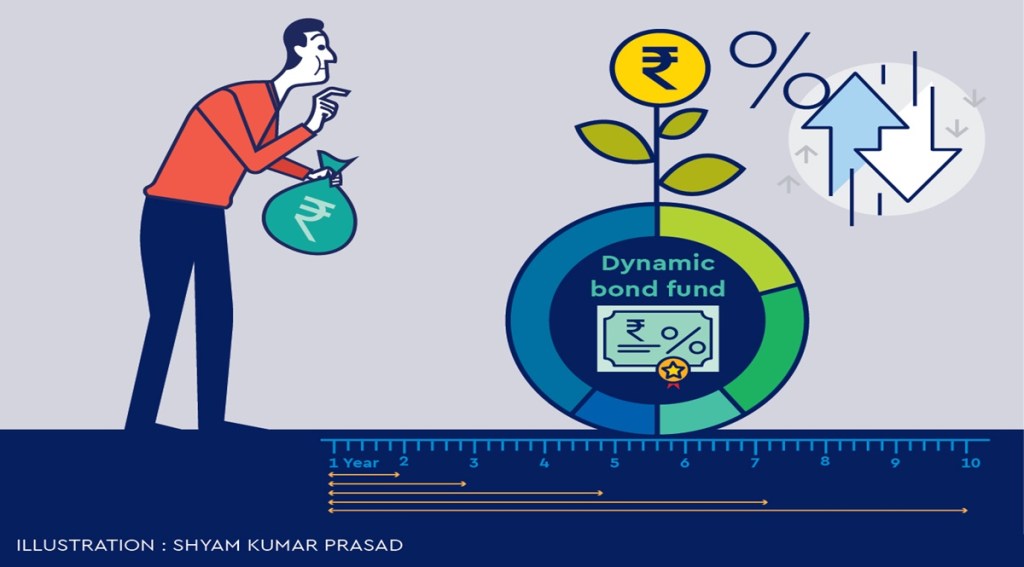Debt-fund investors are increasingly investing in dynamic bond funds at a time when interest rates are set to rise. In December, all debt schemes of mutual funds barring dynamic bond funds, overnight funds and gilt funds with a 10-year constant duration saw net outflows. The overnight funds category saw net inflows of Rs 4,731 crore followed by dynamic bond funds with Rs 1,039 crore.
As dynamic bond funds shift allocations between short-term and long-term bonds, investors expect these funds to better navigate the interest rate movements and take advantage of the fluctuating interest rates. This strategy is different from other debt mutual fund categories that typically follow a predetermined portfolio duration and hold the paper till maturity. Priti Rathi Gupta, founder, LXME, says investors have resorted to holding their funds in the most liquid form like overnight funds and cash reserves.
How dynamic bond funds work
As per the classification of the markets regulator, dynamic bond funds are open-ended schemes that invest across durations and have a flexibility to invest in short-term instruments such as commercial paper and certificates of deposit, or medium to long-term instruments such as corporate bonds and gilt securities. These funds are ideal for those who cannot make the right calls on fixed income investments based on the interest rate movement. Investors should have an investment horizon of 3-5 years to invest in dynamic bond funds.
Before investing in a dynamic bond fund, one must ensure that the fund has shown the ability to perform across multiple market scenarios and the fund has managed to limit the downside when the interest rates have moved up. Also, investors must be careful of dynamic bond funds with high credit risk and avoid funds that do not have high quality liquid securities in their portfolio.
Ideal bond fund strategy now
Experts believe that in the current situation, an allocation to short-term debt funds and/or dynamic bond funds with low credit risks and a combination of liquid to money market funds will benefit from the increase in interest rates.
Brijesh Damodaran, managing partner, BellWether Associates LLP, says with interest rates anticipated to go up, it will be prudent to invest in short-term funds like liquid funds and /or shorter term funds. “Once the interest rates become more stable, investors can consider dynamic bonds for investing,” he says. He adds that liquidity and safety of capital should be the two prime reasons to consider while investing in debt funds and with the hardening of yields, he recommends to park primarily in shorter duration funds and liquid funds.
When interest rates start rising, short-term debt instruments perform better. Individual investors must keep in mind that dynamic bond funds are for those with higher risk appetite and for a longer holding period. If an investor has a low risk profile and a short-term investment time frame, then he should stick to short-term debt investments.

